What is bone conduction?

How Bone Conduction Headphones Work

When an audio signal enters a bone conduction headset, the vibrator generates mechanical vibrations that match the frequency of the signal. These vibrations are transmitted through the skull, which the headphones come into contact with, and through the bones directly to the cochlea in the inner ear. The ear canal and eardrum are not involved in the transmission of sound during this process, allowing the user to hear sound without blocking the ear canal.
While traditional headphones deliver sound to the user through air conduction, and the sound must pass through the ear canal and ear drum to the inner ear, bone conduction headphones bypass this step and deliver sound directly through the bones. This makes bone conduction headphones have different characteristics in the use experience and applicable scenes, for example, when used in a noisy environment, bone conduction headphones can reduce the interference of external noise.
What are the advantages and disadvantages of bone conduction headphones?
Advantages
Safety: Bone conduction headphones do not need to be inserted into the ear canal, so users can listen to music or talk while maintaining sensitivity to the surrounding environment. This is especially important during outdoor activities such as running or cycling, where safety can be significantly improved.
Comfort: Due to the open design of bone conduction headphones, they do not block the ear canal, reducing ear fatigue and making them suitable for extended wear. For those with ear canal problems, bone conduction headphones offer a more comfortable alternative.
Versatility: Bone conduction headphones are widely used in some special scenarios, such as swimming, running or cycling. Its waterproof and stable wearing style make it very useful in these scenarios.
Disadvantages
Limitations: Although bone conduction headphones perform well in some scenarios, they may be disturbed by noise in noisy outside environments, which can affect the user experience. In addition, they are not as good as traditional high-end headphones in terms of bass performance.
Price factor: Bone conduction headphones are usually more expensive compared to traditional headphones. This is mainly due to their special design and technical requirements. Despite the higher price, bone conduction headphones are still an option worth considering for those who need their unique features.
Recommended Bone Conduction Headphones
For those considering purchasing bone conduction headphones, here are some recommended models:
Nank runner diver2 pro

Bluetooth: Bluetooth 5.4 wireless SoC, offering faster speeds, greater stability, and an extended signal range. This reduces audio quality loss and latency while supporting advanced audio decoding for an overall enhancement in sound quality.
IP 69 waterproof: Rating for submersion up to 10 meters deep.
Duration&Charging: the bone conduction headphones are equipped with a 180 mAh battery, providing up to 10 hours of usage on a single charge.
SHOKZ OPENRUN

Bluetooth: Bluetooth V 5.1 with 32 GB of Integrated Music Storage
IP 67 waterproof standard: Keeps your headphones safe from splashes, sweat, and even getting caught in the rain.
Duration&Charging: 8 Hour Battery Life & fast charge
Mojawa Mojo2

Bluetooth : The latest Bluetooth v 5.0 technology bring faster wireless paring with your device, more stable connection and 33 ft signal(No barrier space)
Duration&Charging: 6 Hour Battery Life at 75% Volume & fast charge
IP67 Waterproof: resistant to sweat, moisture, and dust, suitable for indoor and outdoor sports
Q&A
1. Can Other People Hear Bone Conduction Headphones?
This “sound leakage” is usually not noticeable and is not nearly as great as the sound leakage that occurs with conventional headphones at high volume levels. Overall, bone conduction headphones are mainly heard by the wearer and are less likely to be heard by others, unless the volume is set very high and the environment is very quiet.
2. Do bone conduction headphones work?
Bone conduction headphones do work, such as transmitting sound through the vibrations of the skull during outdoor activities, they allow users to enjoy music or talk on the phone while still being aware of their surroundings, making them a safe and practical option for active lifestyles.
3. What is the sound quality of bone conduction headphones?
The sound quality of bone conduction headphones is not as good as traditional headphones in some ways, but they are useful in scenarios that require safety, comfort, and sensitivity to outside sounds. If sound quality is your primary concern, especially when enjoying music, it's possible that traditional headphones would be a better choice. However, for those who need to use headphones and remain environmentally aware during sports, work, or outdoor activities, the sound quality performance of bone conduction headphones is sufficient for most needs
Conclusion
Bone conduction headphones have some limitations in terms of sound quality and price, but their advantages in terms of safety, comfort and versatility make them irreplaceable in certain scenarios. For those who need to remain sensitive to their surroundings or have special usage needs, bone conduction headphones are certainly an option worth considering. With the continuous progress of technology, the future development prospect of bone conduction headphones is also worth looking forward to.

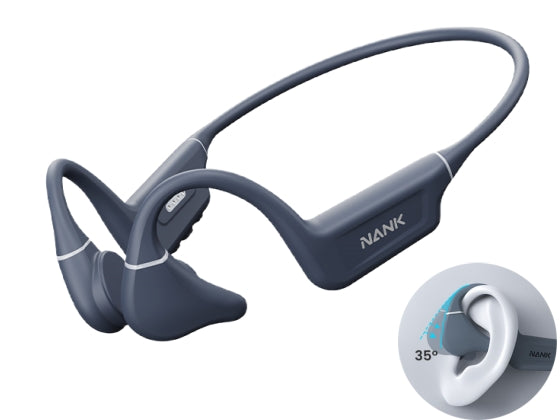

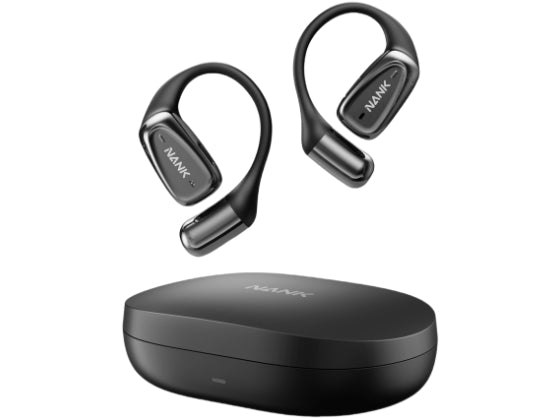
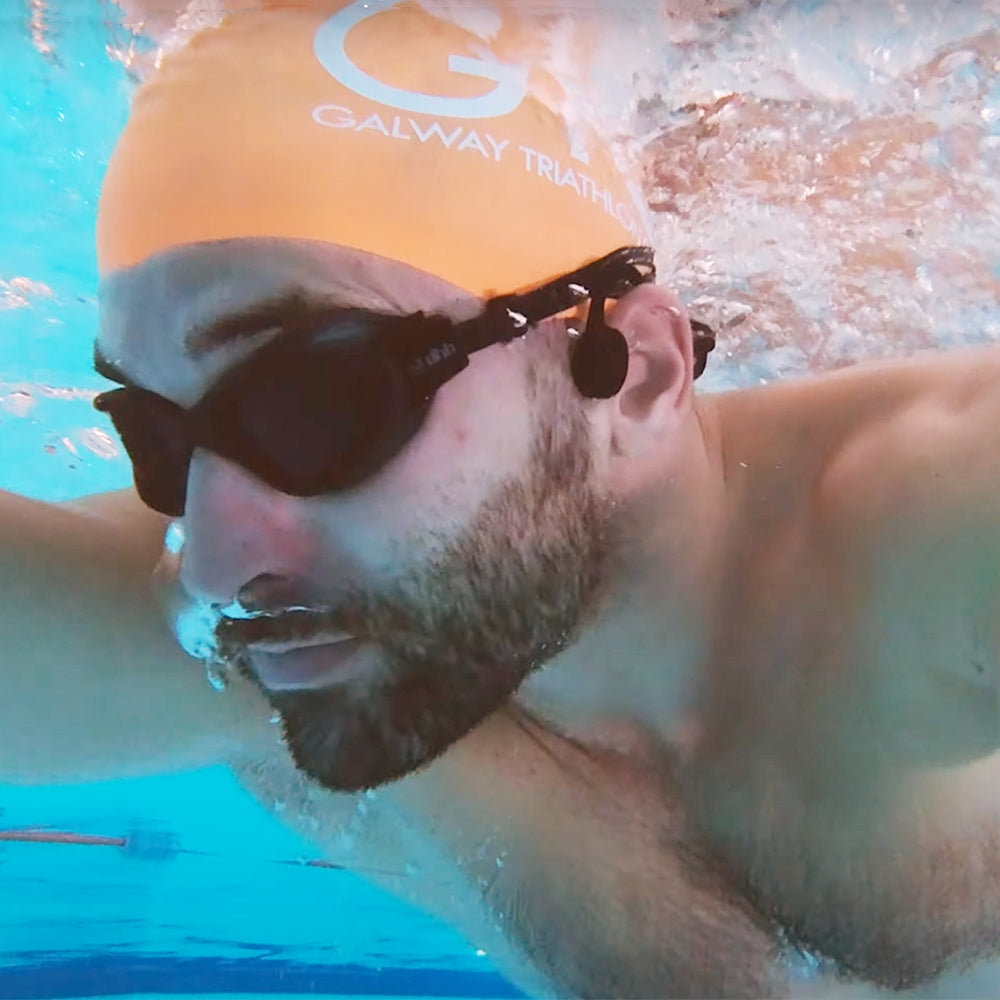
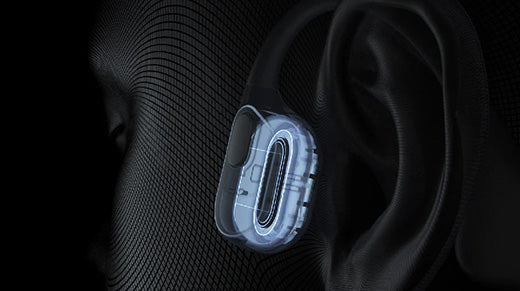


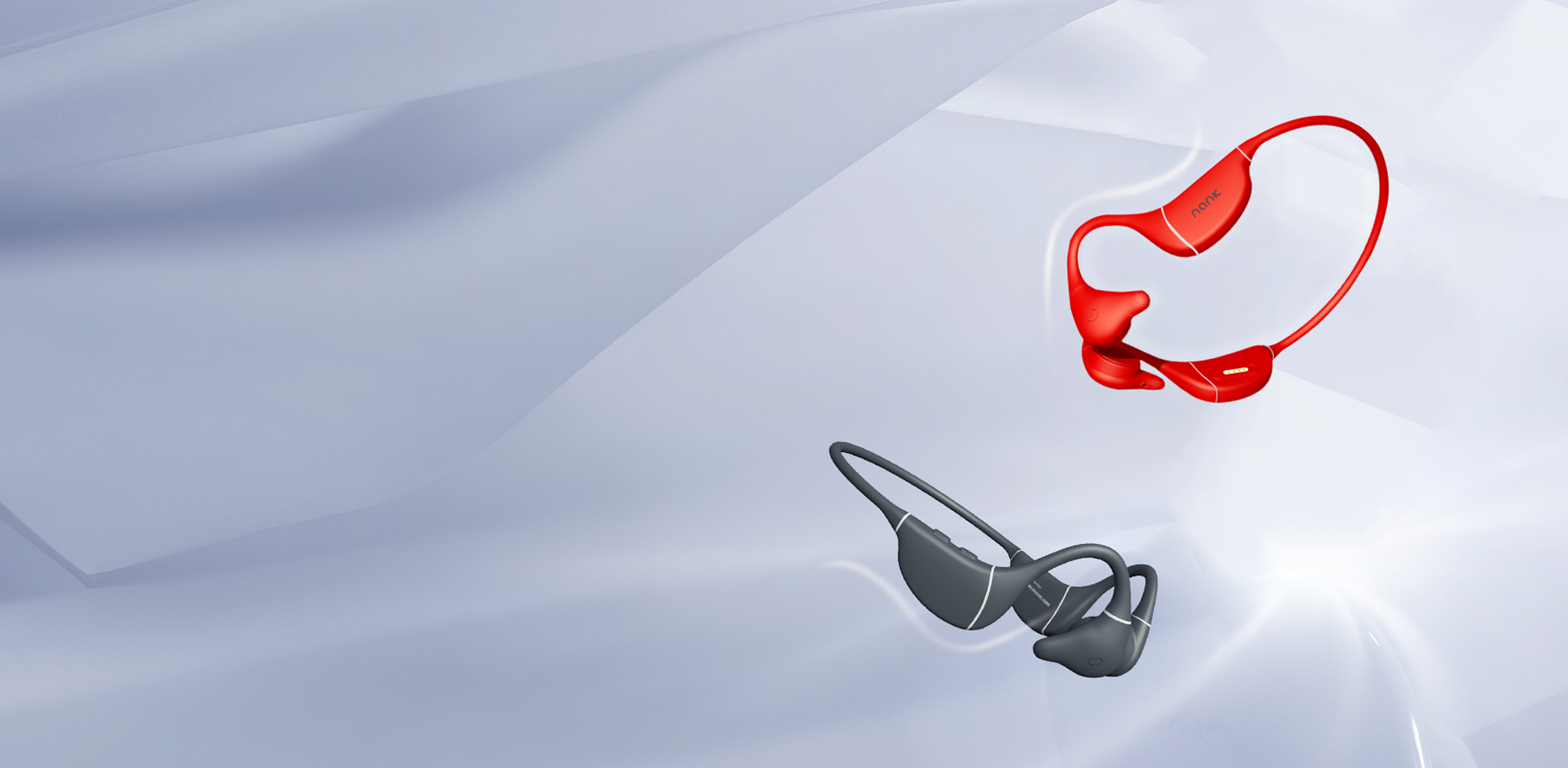
1 comment
Manfred
Is there a model that does not use magnetic charging? I have internal hearing aids which uses a magnetic wand to adjust the volume. The Magnetic charging port causes the hearing aids to adjust to zero.
Is there a model that does not use magnetic charging? I have internal hearing aids which uses a magnetic wand to adjust the volume. The Magnetic charging port causes the hearing aids to adjust to zero.